What Lens Fits My Camera ?
The lens that fits your camera depends on the specific make and model of your camera. Different camera brands have their own lens mounts, so you need to ensure that the lens you choose is compatible with your camera's mount. Additionally, consider the type of photography you are interested in and the focal length range you require. Different lenses offer different focal lengths and features, such as zoom or prime lenses. It is recommended to consult your camera's manual or the manufacturer's website to determine the compatible lens options for your camera.
1、 Compatibility with camera brand and mount type
Compatibility with camera brand and mount type is the key factor in determining which lens fits your camera. Different camera brands have their own proprietary lens mounts, which means that lenses from one brand may not be compatible with cameras from another brand. For example, Canon cameras use the EF or EF-S mount, while Nikon cameras use the F mount.
It is important to note that within each brand, there may be different mount types depending on the camera model. For instance, Canon has the EF mount for full-frame cameras and the EF-S mount for APS-C sensor cameras. Similarly, Nikon has the F mount for full-frame cameras and the DX mount for APS-C sensor cameras.
When looking for a lens for your camera, it is crucial to ensure that the lens is designed for your specific camera brand and mount type. Using a lens that is not compatible with your camera can result in compatibility issues, such as the lens not fitting properly or not communicating with the camera correctly.
It is also worth mentioning that some third-party lens manufacturers, such as Sigma and Tamron, produce lenses with different mounts to cater to various camera brands. These lenses are designed to be compatible with specific camera brands and mount types, providing photographers with more options and flexibility.
In conclusion, when determining which lens fits your camera, it is essential to consider the compatibility with your camera brand and mount type. This ensures that the lens will fit properly and function correctly with your camera, allowing you to capture high-quality images.
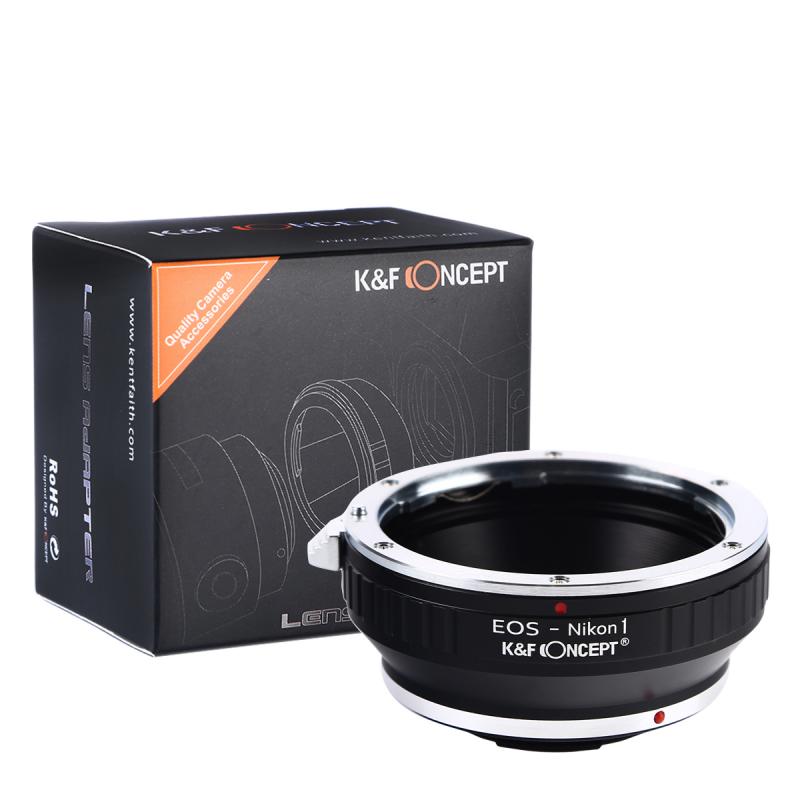
2、 Lens focal length and zoom range
Lens focal length and zoom range are important factors to consider when determining which lens fits your camera. The focal length of a lens determines its field of view and magnification capabilities, while the zoom range refers to the lens's ability to adjust its focal length.
To determine the appropriate lens for your camera, you need to consider your specific photography needs and shooting style. If you are interested in landscape or architectural photography, a wide-angle lens with a focal length of around 10-24mm would be suitable. For portrait photography, a lens with a focal length of around 50-85mm is commonly used to achieve a flattering perspective. Telephoto lenses with focal lengths of 70-200mm or more are ideal for wildlife or sports photography, allowing you to capture distant subjects with detail.
Zoom lenses offer versatility by allowing you to adjust the focal length within a given range. They are convenient for various shooting situations, as you can easily switch between wide-angle and telephoto focal lengths without changing lenses. The zoom range is typically indicated by the ratio between the lens's longest and shortest focal lengths (e.g., 18-55mm or 70-200mm).
It is important to note that different camera brands have their own lens mounts, meaning that lenses are not universally compatible across all cameras. Therefore, it is crucial to ensure that the lens you choose is compatible with your camera's lens mount.
In recent years, there has been a trend towards mirrorless cameras, which offer smaller and lighter bodies compared to traditional DSLRs. Mirrorless cameras often have their own lens mounts, and manufacturers have been expanding their lens lineups to cater to these systems. Therefore, it is essential to consider the lens options available for your specific camera model.
In conclusion, when determining which lens fits your camera, consider the focal length and zoom range that align with your photography needs. Additionally, ensure compatibility with your camera's lens mount, especially if you are using a mirrorless camera.
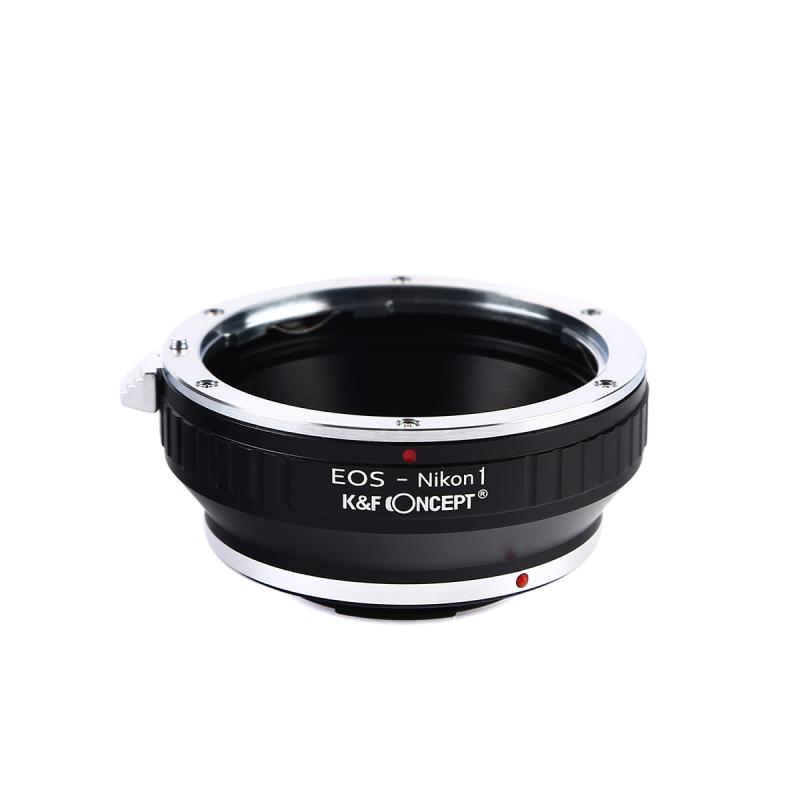
3、 Aperture and maximum aperture size
"What lens fits my camera?" is a common question among photographers, especially those who are new to the world of interchangeable lenses. The answer to this question depends on a few factors, including the camera brand and model, as well as the specific requirements of the photographer.
Camera brands typically have their own lens mounts, which are specific to their cameras. For example, Canon cameras use the EF or EF-S mount, while Nikon cameras use the F mount. Therefore, it is important to ensure that the lens you choose is compatible with your camera's mount.
Another important consideration is the aperture and maximum aperture size of the lens. The aperture refers to the opening in the lens that allows light to pass through and reach the camera's image sensor. It is measured in f-stops, such as f/2.8 or f/4. The maximum aperture size indicates the widest opening of the lens, which affects the amount of light that can enter the camera.
The choice of aperture and maximum aperture size depends on the photographer's needs and shooting conditions. A larger maximum aperture, such as f/1.8, allows more light to enter the camera, making it ideal for low-light situations or achieving a shallow depth of field. However, lenses with larger maximum apertures tend to be more expensive.
It is also worth noting that different lenses offer different focal lengths, which determine the field of view and magnification of the image. Common lens types include wide-angle, standard, telephoto, and macro lenses, each serving different purposes.
In recent years, there has been a trend towards more versatile lenses that cover a wide range of focal lengths, known as zoom lenses. These lenses offer convenience and flexibility, allowing photographers to switch between different focal lengths without changing lenses.
In conclusion, when determining what lens fits your camera, it is important to consider the camera's lens mount, as well as the desired aperture and maximum aperture size. Additionally, understanding the different types of lenses and their purposes can help you choose the right lens for your specific needs.
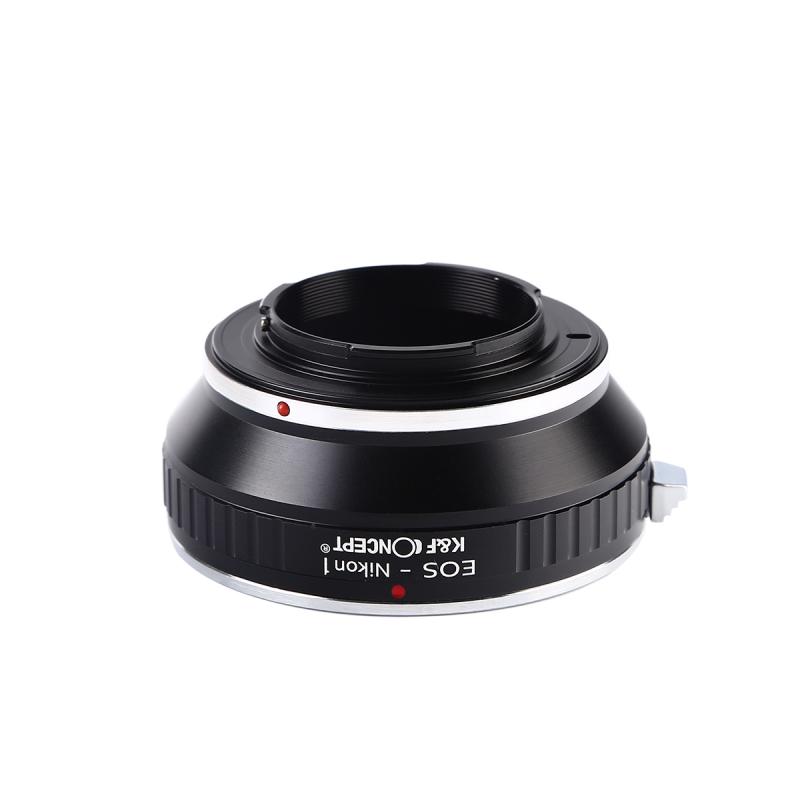
4、 Image stabilization and autofocus capabilities
What lens fits my camera? When it comes to determining the right lens for your camera, there are a few factors to consider. One important aspect is compatibility. Different camera brands have their own lens mounts, so you need to ensure that the lens you choose is compatible with your camera's mount.
Additionally, you should consider the specific features and capabilities you require. Two important features to look for in a lens are image stabilization and autofocus capabilities.
Image stabilization is a technology that helps reduce camera shake, resulting in sharper images, especially in low light conditions or when using longer focal lengths. Many lenses now come with built-in image stabilization, which can greatly enhance the quality of your photographs.
Autofocus capabilities are also crucial, as they allow your camera to automatically focus on your subject. This feature is particularly useful for capturing fast-moving subjects or when shooting in situations where manual focus may be challenging.
It's worth noting that the latest lenses often come with advanced image stabilization and autofocus technologies. For example, some lenses now feature optical image stabilization, which provides even better stabilization performance. Additionally, newer lenses may have faster and more accurate autofocus systems, allowing for improved tracking of moving subjects.
In conclusion, when looking for a lens that fits your camera, it's important to consider compatibility, as well as the specific features you require, such as image stabilization and autofocus capabilities. Keeping up with the latest advancements in lens technology can help you make an informed decision and ensure that you get the most out of your camera.
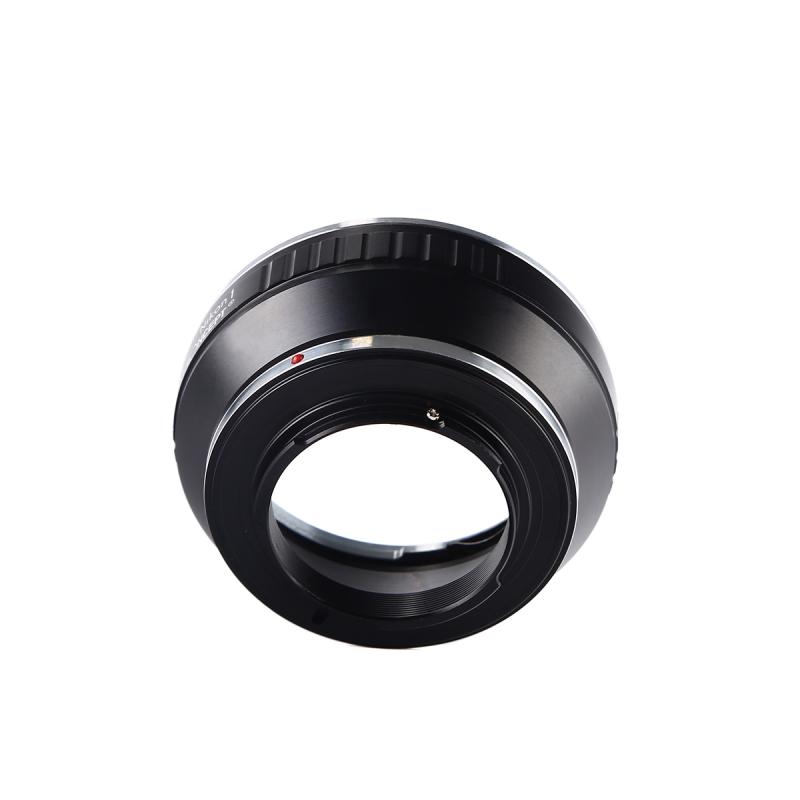






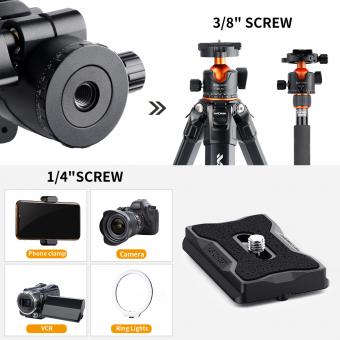






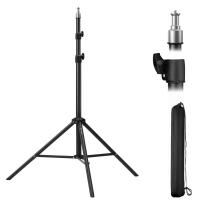

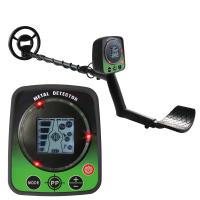

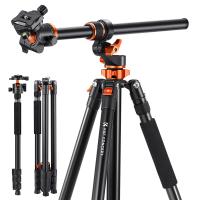
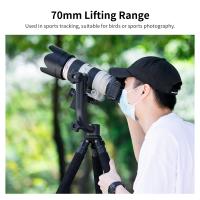



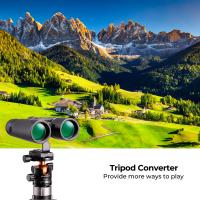
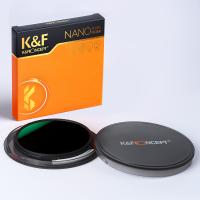

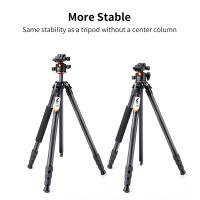
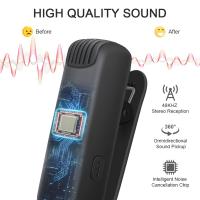
There are no comments for this blog.